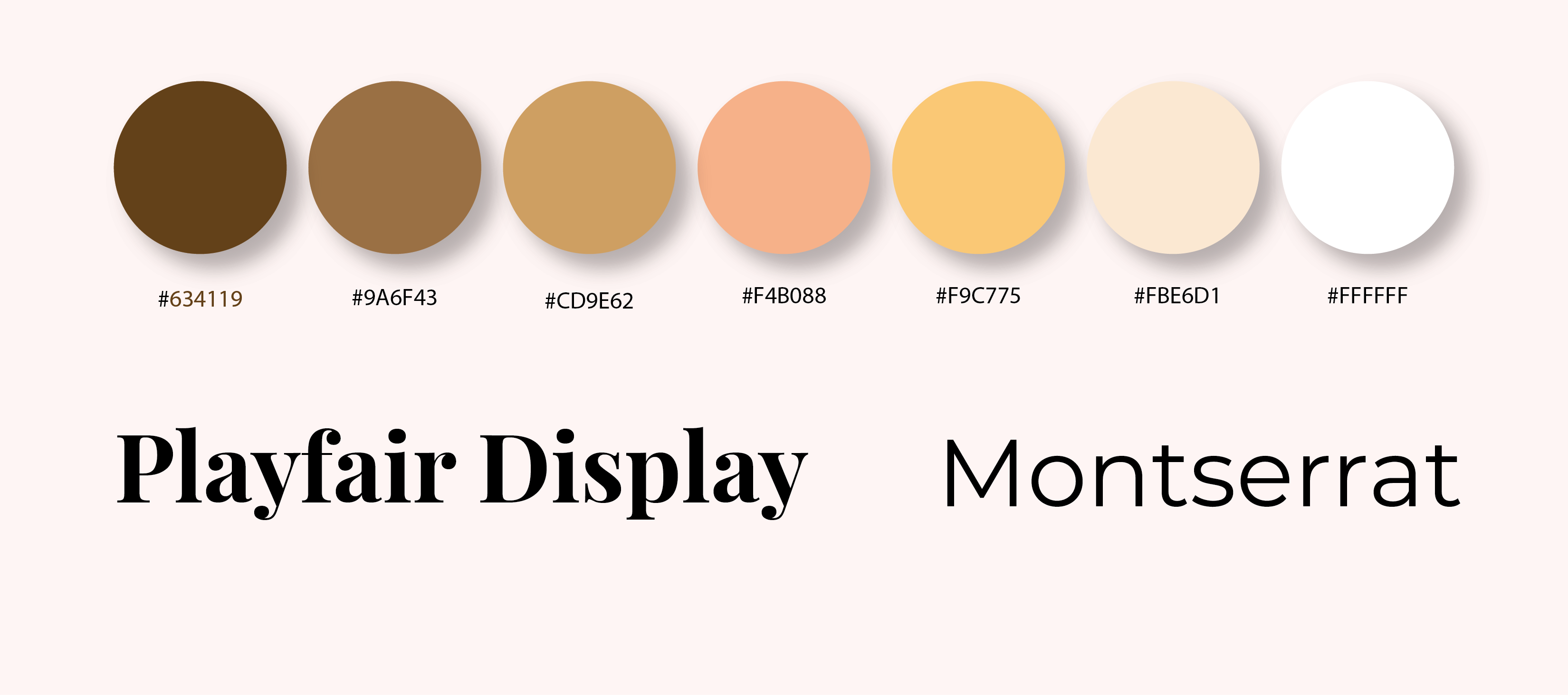For my Integrated Product Development course, our semester-long project was to develop a product using licensed technology from Lehigh University Tech Transfer. The technology, a PHEMA hydrogel inspired by snail secretion, forms an extremely durable bond with a surface as it dries and releases when wet. My team and I began our project by conducting a brainstorming session utilizing Concept Fans and de Bono's Six Hats method to come up with a list of items that a user might stick and reapply. After ideating a dozen ideas, we voted on which we felt had the most potential: fake nails.
- Unhealthy and negative effects of the traditional manicure process
-Difficult or time consuming for many people to paint their own nails
-Fake nails fall off easily and typically can't be reused once off
Acrylics that don't damage the real nail, are easy to apply and remove by submersing in water, and can be used over and over
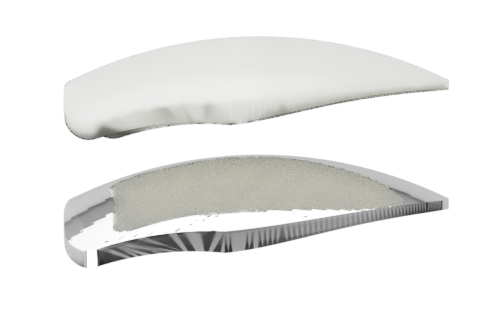
First, my team and I went out and interviewed stakeholders, including fake nails wearers, salon frequenters and owners, beauty store workers, parents, children, and athletes. From the interviews we discovered that most fake nails don't last long, can't be reused, and leave the nail sticky and gross. In addition, we discovered that nail damage is major concern for our potential customers. Salons use toxic chemicals to apply manicures and often times acrylic sets rip the natural nail leaving them weak and brittle.
“I don’t know how you’re supposed to take them [acrylics] off I just rip them off and they damage your nail so bad you have to keep going and getting them done to hide it"
“The fake nails become discolored from household activities, so I end up ripping them off and throwing them out because the glue becomes too sticky where I can't reuse them.”
“I’ve tried to repaste [fake nails] back on, but the glue doesn’t come off [the nails] well enough to apply more [glue], so they don’t stick back on your nail.”
The most prominent customer need is a nail application and removal process that matches their lifestyle. Current manicure options lead to a never ending cycle of covering up unhealthy nails that were caused by acrylic nails in the first place.
.png)
As head of product and engineering, it was my job to figure out how the product works, what it looks like, and what it's made from. After doing some testing, I was able to determine how customers would use our product in four basic steps. In addition, I came up with a bill of materials and set of design specifications.
.png)
.png)
After coming up with the BOM I was able to start prototyping how the product packaging would look. I sketched and modeled, using Fusion360, the inner part that holds the nails according to the product specifications. Then designed an outer box to house the insert with all 24 nails and an applicator brush.
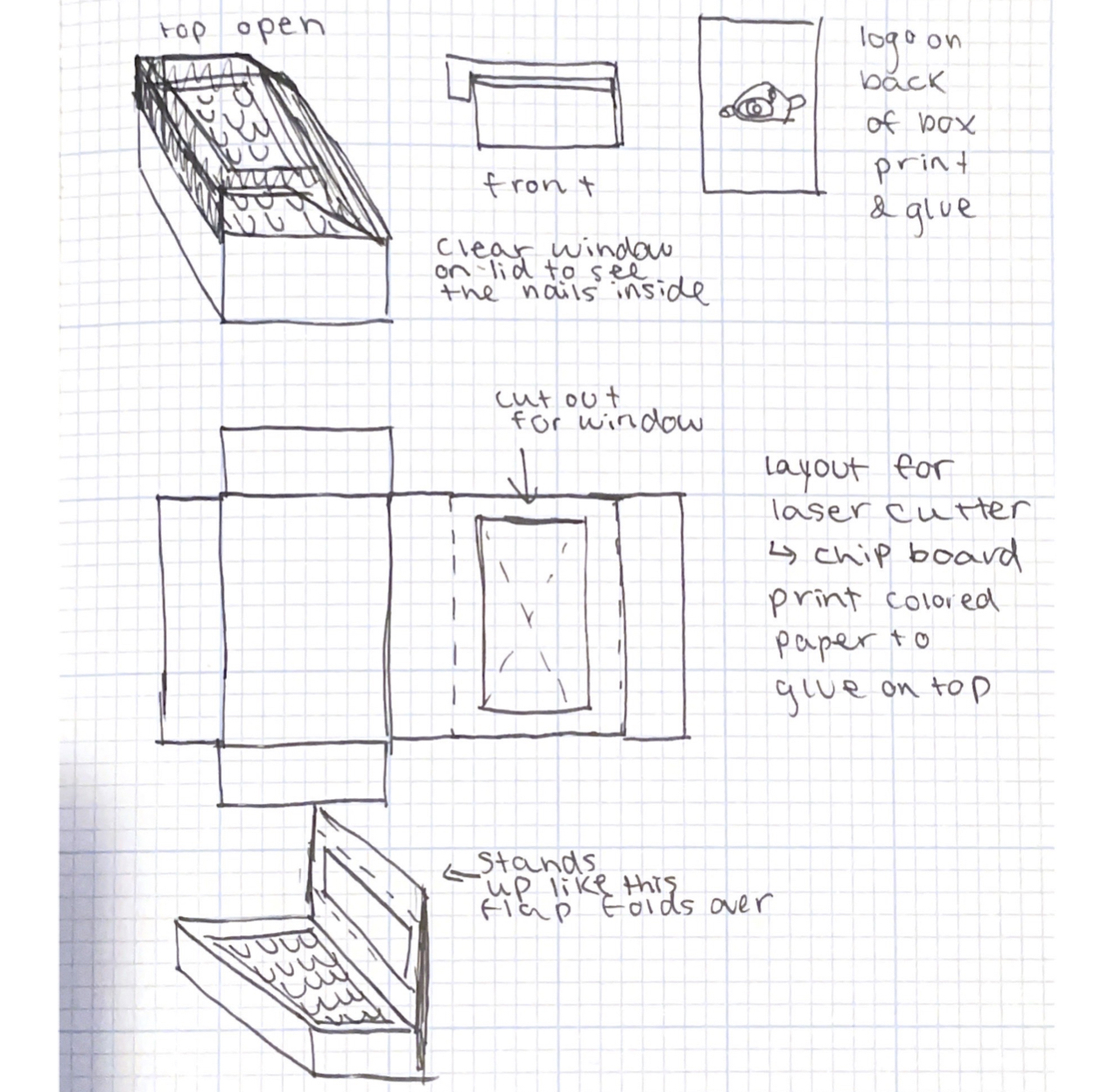
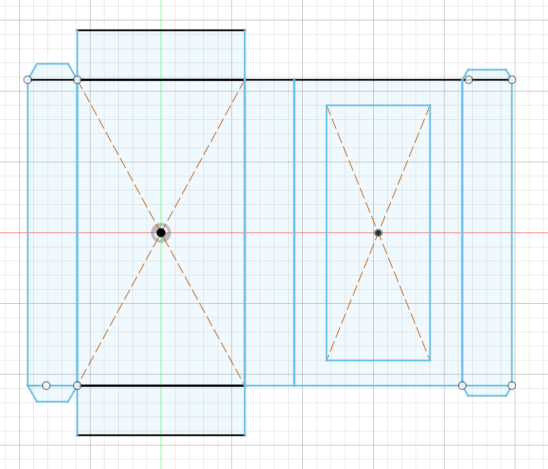
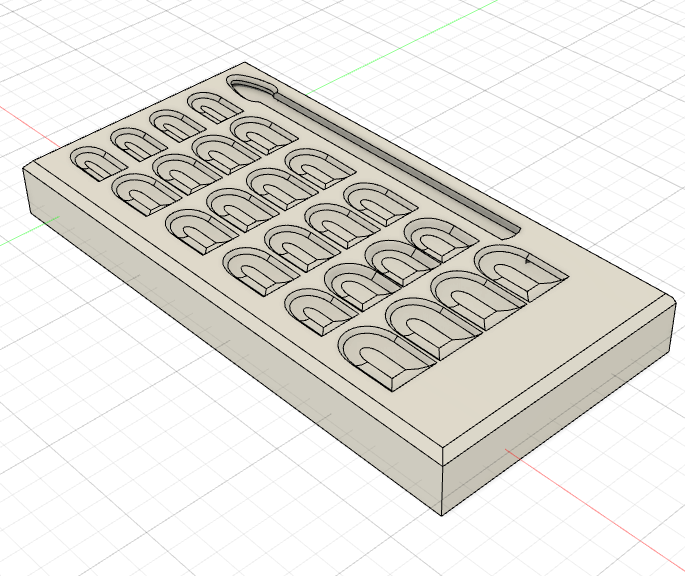
After 3D printing the mold for the inner portion of the packaging, I vacuum formed a piece of HIPS to act as the polyethylene terephthalate and placed some clear nails and a brush I got from Amazon to show users how the actual product would look. To make the box, I laser cut a thin piece of cardboard according to the 2D pattern from above and attached a label I created on Adobe Illustrator.
The final prototype turned out great and was effective in showing users what our product was and how it worked. I came up with the following design for manufacturing guide if we want to pursue the product:
In addition to the product design, I was also in charge of the graphic design and branding for Snail Nails. The color palette and several design elements are based off of the Beauty Salon Company template from Slidesgo, which I felt conveyed a sense of natural health and wellness that are part of the company's core values. I named the product "Snail Nails" because the PHEMA hydrogel mimics the chemical composition of snail secretion.
